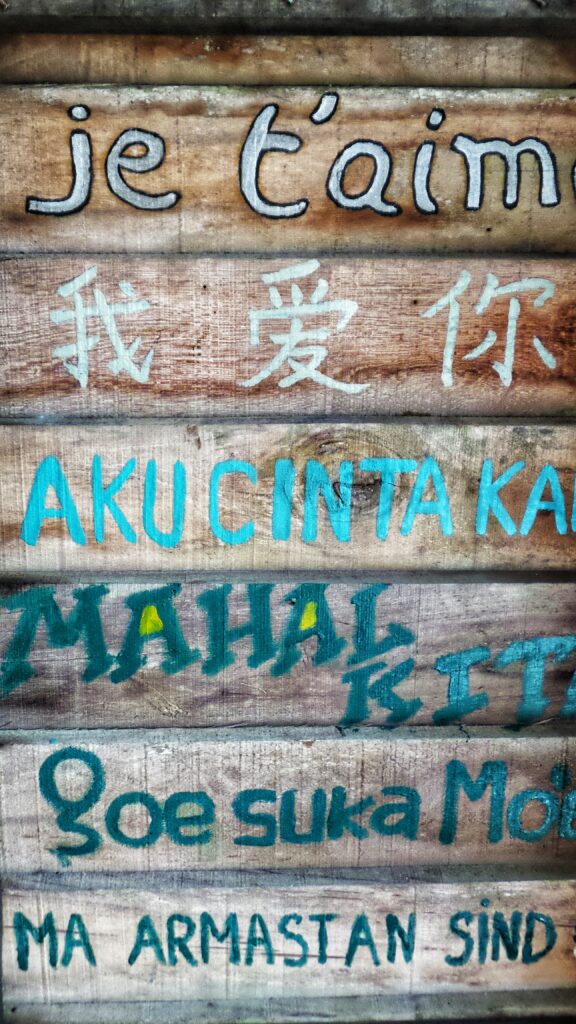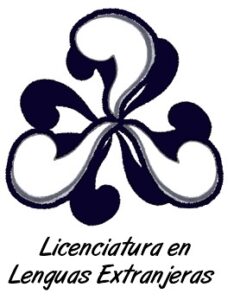Results of the study
Publications
What are linguistic repertoires?

The concept ‘linguistic repertoire’ is known since the 60s thanks to Gumperz’ groundbreaking work conducted with rural communities in India and Norway. Based on that research, Busch (2015) explains that “the repertoire is understood as a whole, comprising those languages, dialects, styles, codes, and routines that characterize interaction in everyday life” (p.5). From that perspective, it can be seen as a collection of linguistic elements from which we draw from to communicate in any situation. For example, every time we talk with someone, when we write an email or watch content in social media (among other activities) we make decisions about the languages, varieties, styles, levels of formality, etc. that best aid us to communicate, understand and/or interact in such situations.
Over the last decades and based on new evidence, the notion of ‘linguistic repertoire’ has been expanded to comprise the identity complexities of individuals, communities, and the world in general. The impact of globalization and superdiversity over our everyday lives and interactions have also influenced the concept’s definition. Busch (2015) tells us that the linguistic repertoire is similar to a “toolbox” (p.17) from which we take elements to communicate in given contexts or situations. Derived from our individual complexities and the context, Busch explains that our repertoire becomes multidimensional; that is, it is integrated by the resources we have and those we don’t have, the social spaces we occupy and our potential to face future situations or events.
Reference
- Busch, B. (2015). Expanding the notion of the linguistic repertoire: on the concept of spracherleben-the lived experience of language. Applied Linguistics, 38(3), 1-20.
